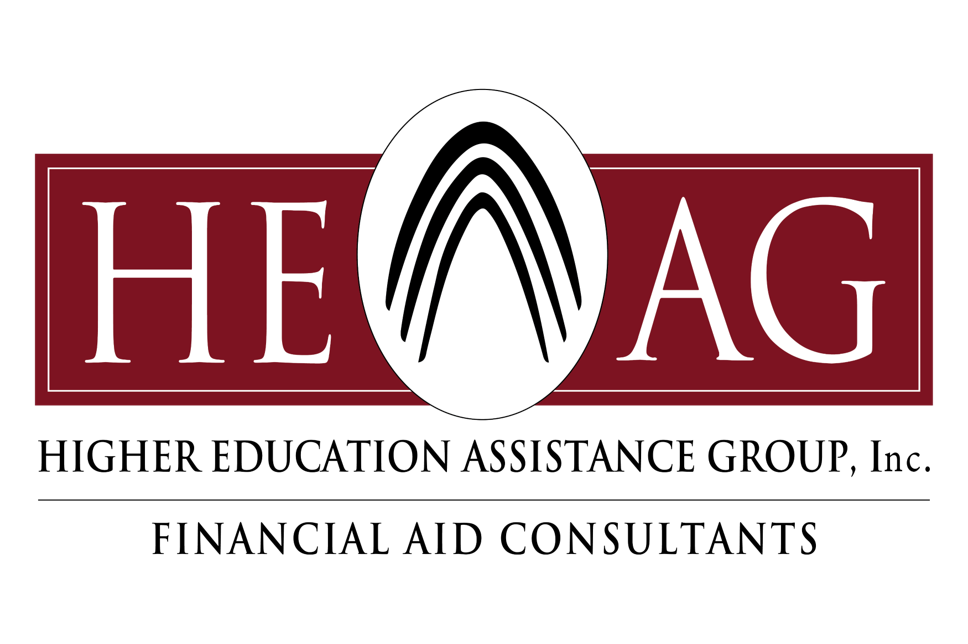The end of the fall semester brings a lot of fun things like holiday parties and much-needed time off. It also means that soon fall grades will be submitted, so if you’re a financial aid administrator, your work may not be done. The waivers and exceptions to the Satisfactory Academic Progress (SAP) rules have expired and we’re back to normal processing. If you started your financial aid career recently, or didn’t but need a reminder, read on for the skinny on SAP.
In general, your SAP requirements need to be reasonable, applied consistently to all students within a program, and applied consistently for all Title IV aid programs. Further your policies must be as strict or stricter than your policies for non-aid recipients. Specifically, your institution must have in place a qualitative measurement (grade point average, for example); a quantitative measure (pace of completion); and a maximum time frame (MTF) for completion of the program. Let’s say you have a four-year undergraduate program with a traditional academic calendar (September to May) made up of two semesters. Students in this program must earn a 2.0 GPA to continue in the program (qualitative measure) and must also complete 67% of credit hours attempted (quantitative measure). To complete the program, students must earn 128 credits and they have six years to do so (MTF) or 150% of the standard timeframe of four years. Note that your MTF must align with your quantitative measure — it must be long enough for students who successfully meet your minimum quantitative measure to finish within the MTF.
Clock-hour, non-term credit hour, and subscription-based programs are no longer required to have a quantitative measure (pace) in place, just the MTF.
The timing of when to review students varies based on the type of program:
- For programs equal to or less than an academic year, at the end of each payment period
- For programs greater than an academic year, at least annually
- For clock-hour programs, when the student’s clock hours for the payment period have elapsed, whether the student attended them or not; when the student has attended the scheduled clock hours for the payment period; or when the student has successfully completed the clock hours for the payment period (must select one option to apply for all students)
- For non-term credit hour programs, on the date the student is scheduled to earn the credits or when the student successfully earns the credits (must select one option to apply for all students)
Your institution has options when it comes to timing, notification and making aid decisions for students not meeting your standard.
If you review students at the end of each payment period, you can continue to award aid for one additional payment period to students who fail any measure, but issue a written warning to students that their Title IV aid is at risk. Under this condition, students do not need to appeal. While students may receive more than one warning period, they cannot be consecutive.
Institutions may create a formal probation program by instituting an appeal process. Students must successfully appeal to continue to receive aid during the probationary period AND be able to return to good standing during the next payment period OR be on an academic plan created by your school with a requirement to return to good standing at a particular point in time. Your appeal process must require students to explain why they were unable to meet the institution’s academic requirement and what they plan to change to be able to return to good standing.
We’ve only uncovered the tip of the SAP iceberg in this blog. There are a lot of other considerations such as how to treat transfer credits, remedial courses, ‘I’ or ‘W’ grads, and more. Luckily, there are a lot of resources available. First, if you missed Federal Student Aid’s (FSA) live SAP training in November, you can view the recording and download the slides here. Also, utilize FSA’s SAP Assessment to review and evaluate your institutional policies. Finally, don’t forget about the team at the Higher Education Assistance Group. Our regulatory experts can help you evaluate your SAP program and more. Email us at info@heag.us for more information about our services.





